Mehndi, Mehandi Plant
₹372.00 ₹279.00
It is a middle-sized shrub with many branches. The flowers have fragrance and are small in white or pinkish colour.
Description
Description
The most vibrant plant capable of coloring skin, fingernails, and dying hair and fabrics including silk, leather, and wool is popularly known as the Henna or Mehandi Plant. According to the botanical nomenclature it is written as Lawsonia inermis and it belongs to the family Lythraceae.
The plant is named after a Scottish physician Issac Lawson. Due to its use in every Indian household people often consider it wise to grow henna indoors. So, one can also find Mehndi Plants online at affordable ranges and of good quality!
Mehandi Plant Specifications:
| Plant Height | 30-36 cm |
| Plant Spread | 10-12 cm |
| Leaf Length | 2-4 cm |
| Leaf Width | 0.9-1.5 cm |
Plant Details:
| Flower Color | White to red |
| Flower Shape | Capsule shaped |
| Common Name | Mehandi, Henna, Lawsonia inermis, Goranti, Madarangi |
| Leaf Color | Light green leaves |
| Leaf Shape | Elliptical |
| Leaf Arrangement | Alternate |
| Maximum Reachable Height | 120-180 cm |
| Plant Fragrance | Fruity, Warm, Resembles to clove oil |
| Visual Beauty | Aesthetic |
| Bloom Time | May to July |
| Growing difficulty level | Easy to grow |
Mehandi Plant Care Information:
| Optimum Growth Temperature | 35-45℃ |
| Optimum Soil Requirement | Normal Soil |
| Optimum Humidity | High |
| Optimum Light Requirement | Bright direct sunlight |
| Container Specifications | Medium-sized, should have drainage |
| Watering Requirements | Only when the soil is dry |
| Fertilizing Requirements | Diluted high potassium liquid fertilizer every two weeks |
Plant Care Instructions:
Outdoor Planting:
- Although the Mehandi Plant can grow well in the indoor environment, but it is advised that the plant should be grown outside
- To reduce the toxic contents of fertilizers, it should be mixed with water whenever applied
Mehandi Plant Watering Tip:
- To keep the plant intact, watering should be done when the plant container or soil has dried
Seasonal Watering Requirement:
- Watering frequency should also be changed with changing seasons.
- Try to water the Mehandi plant more often during summers and reduce the same during rainy and winter season
Plant Trimming:
- To let the plant grow properly and more plant leaves can be witnessed, it is often advised that frequent trimming of the plant should be done
- Ensure bright sunlight and proper humidity is provided to the plant to avoid slowing down its germination
Plant Benefits:
- The plant is regarded to be a good anti-aging agent and its frequent use can slow down the development of wrinkles and pores on your skin
- Since it has a beautiful smell it is also used as a natural fragrance substance in the making of perfumes and body washes
- It is also used as a detoxification agent to remove toxins like xenobiotics from our body
- It is also a potential herb that can be used to heal wounds and relieve problems of frequent headaches
Since Mehandi plant phytochemicals ingredients are quite essential for human body growth and development therefore it should be grown in indoor households and in nurseries. If you wish to establish a home garden quickly then have a look at the Mehndi plant online collection.
Faqs:-
Q: What is Mehandi plant/henna plant?
A: Mehandi plant, also known as Henna plant, is a small shrub that belongs to the flowering plant family called Lythraceae. It is widely cultivated for its leaves, which are used to produce a natural dye that is used to create temporary tattoos on the skin, color hair, and dye fabrics.
Q: Where does Mehandi plant/henna plant grow?
A: Mehandi plant is native to tropical and subtropical regions of Africa, southern Asia, and northern Australasia. It is commonly cultivated in countries like India, Pakistan, Egypt, Yemen, and Morocco.
Q: What are the uses of Mehandi plant/henna plant?
A: Mehandi plant has many uses, including the following:
- The leaves of the plant are dried, powdered, and used to make a natural dye that is used to create temporary tattoos on the skin, color hair, and dye fabrics.
- The leaves are also used to make medicinal remedies for various ailments, including headaches, skin disorders, and rheumatism.
- The plant is also used in traditional Indian and Middle Eastern wedding ceremonies, where it is used to decorate the bride's hands and feet.
Q: How do you care for a Mehandi plant/henna plant?
A: Mehandi plant is a relatively easy plant to care for. It prefers well-drained soil and plenty of sunlight, but can tolerate some shade. Water the plant regularly, but make sure not to overwater it, as this can cause root rot. You can also fertilize the plant with a balanced fertilizer every two to three months.
Q: Is Mehandi plant/henna plant safe to use on the skin?
A: Mehandi plant is generally safe to use on the skin, but it can cause an allergic reaction in some people. Before using Mehandi paste on the skin, it is recommended to do a patch test to check for any adverse reactions. It is also important to use only pure, natural Mehandi powder, as some commercial products may contain harmful chemicals.
Q: How long do Mehandi tattoos last?
A: Mehandi tattoos, also known as henna tattoos, typically last between one and three weeks, depending on the quality of the Mehandi powder used, the location of the tattoo, and how often the skin is washed. The color of the tattoo will gradually fade over time.
Q: Can Mehandi be used to treat hair loss?
A: Mehandi has been traditionally used in some cultures to promote hair growth and to prevent hair loss. It is believed to have a strengthening effect on hair, as well as providing a natural conditioning effect. However, scientific evidence to support these claims is limited.
Q: What are some potential side effects of using Mehandi on the skin?
A: Mehandi is generally considered safe, but in some cases, it may cause skin irritation, redness, and itching. It may also cause an allergic reaction in some people. It is recommended to do a patch test before using Mehandi on a larger area of the skin.
Q: Can Mehandi be used to dye fabrics?
A: Yes, Mehandi leaves can be used to produce a natural dye that can be used to color fabrics. The color produced is typically a reddish-brown hue. However, the color may fade over time, and the resulting shade can vary depending on the fabric type and the method of dyeing.
Q: How is Mehandi paste made?
A: Mehandi paste is made by mixing Mehandi powder with water, lemon juice, and essential oils. The mixture is then allowed to rest for several hours to allow the dye molecules to release. The resulting paste is then applied to the skin in intricate designs using a cone-shaped applicator.
Q: What is the significance of Mehandi in Indian weddings?
A: Mehandi is an important part of Indian wedding ceremonies, where it is used to decorate the bride's hands and feet with intricate designs. It is believed to symbolize the strength and love in the couple's relationship. The application of Mehandi paste is also said to have a cooling effect on the body, which is especially beneficial during the hot summer months.
2 reviews for Mehndi, Mehandi Plant
Only logged in customers who have purchased this product may leave a review.


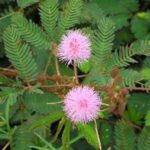
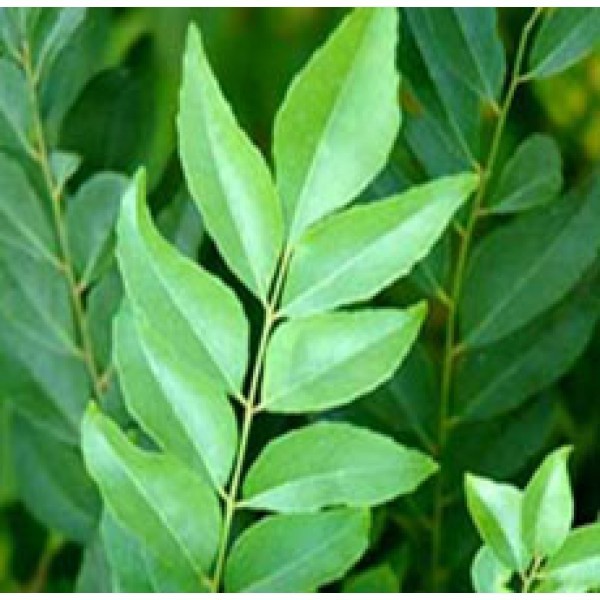
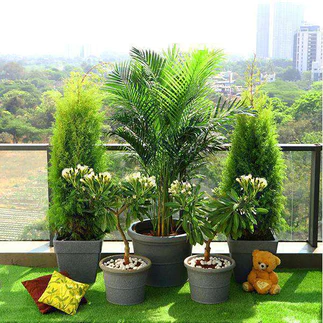
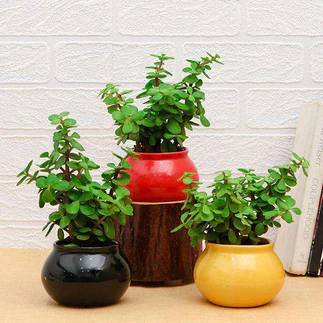
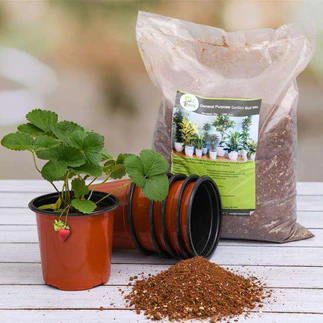
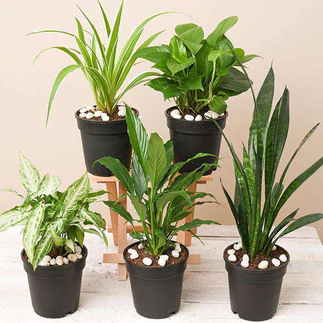
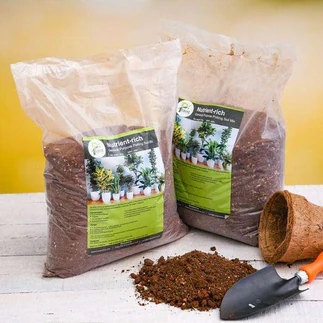
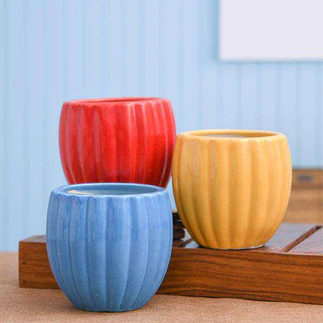

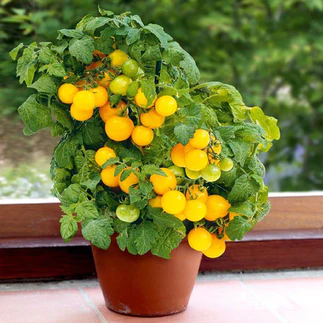
Moumita Swar (verified owner) –
Really beautiful ????
Pravasini Das (verified owner) –
Very nice ….value for money .